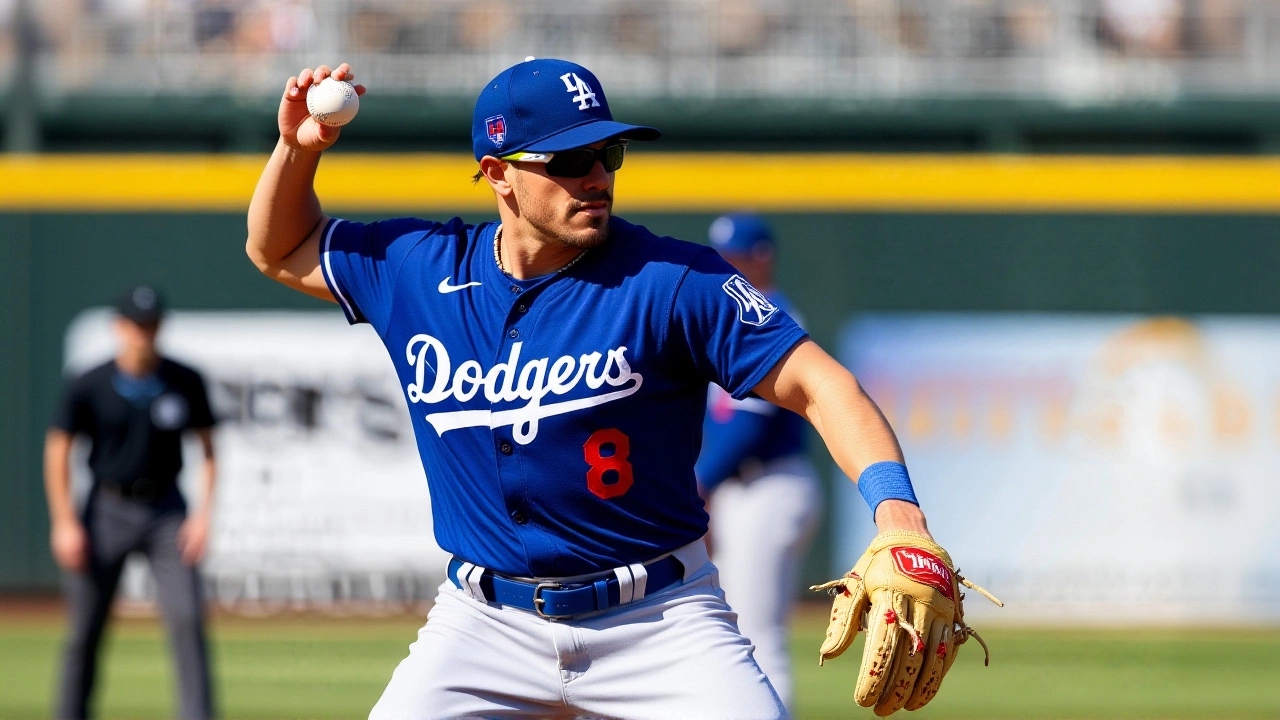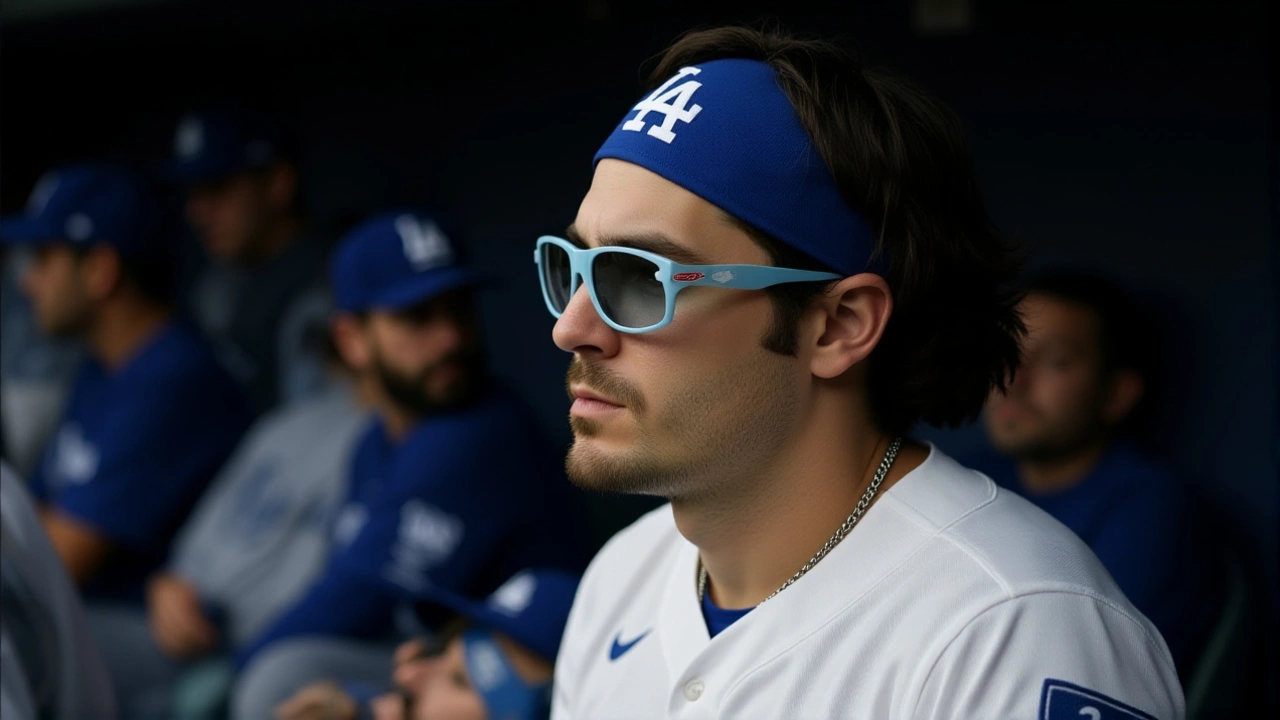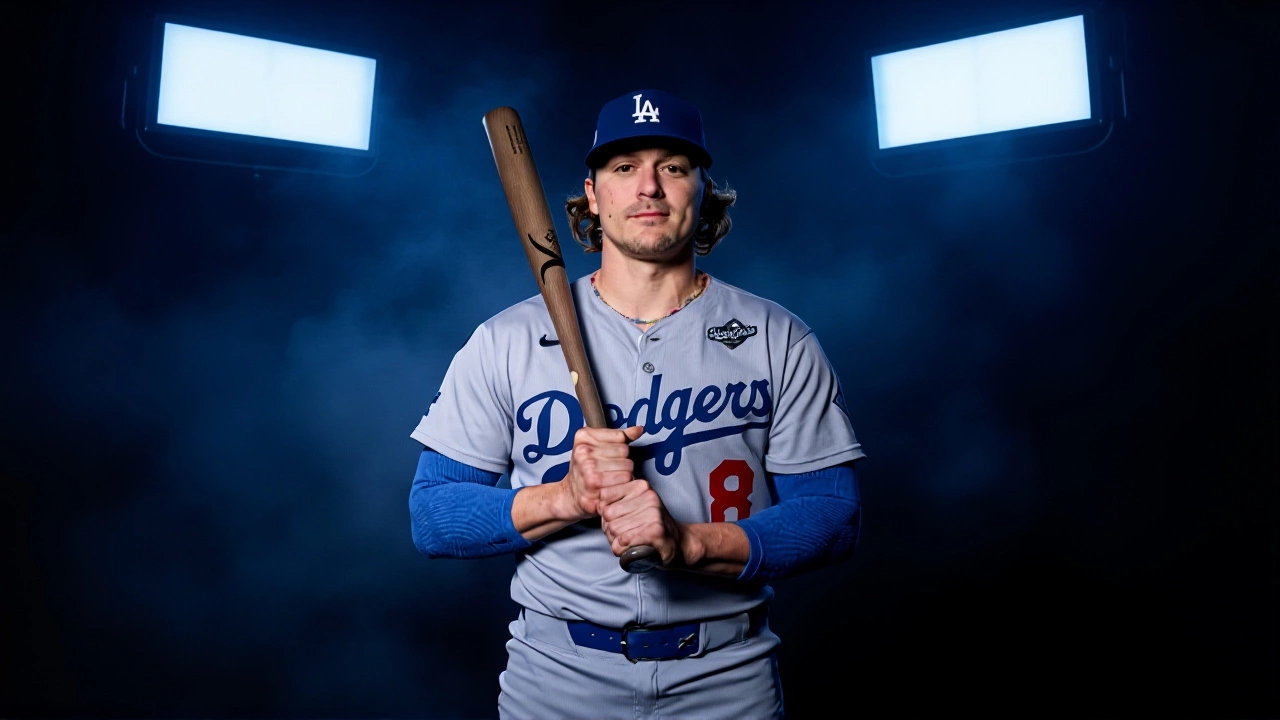The Toronto Blue Jays stunned the baseball world on Wednesday, October 29, 2025, with a 6-1 demolition of the Los Angeles Dodgers at Dodger Stadium, seizing a 3-2 lead in the 2025 World SeriesLos Angeles and putting themselves one win away from their first championship in 32 years. It wasn’t just the score that shocked the crowd—it was how it happened. On the very first pitch of the game, Davis Schneider, stepping in for the injured George Springer, launched a homer into the left-field seats. Before the crowd could even catch its breath, Vladimir Guerrero Jr. did the same on the next pitch. Back-to-back home runs to open a World Series game? Never happened before. Not in 120 years of postseason baseball. And that was just the beginning.
The Rookie Who Shut Down the Dodgers
While the Blue Jays’ bats woke up the entire city of Toronto from its championship slumber, it was 22-year-old Trey Yesavage who delivered the most astonishing performance of the entire postseason. On a night when the Dodgers’ lineup—retooled by manager Dave Roberts—was supposed to feast on rookie pitching, Yesavage turned Dodger Stadium into his personal laboratory. Seven innings. Twelve strikeouts. Zero walks. One run allowed. No pitcher in World Series history had ever matched that combination. Not even Sandy Koufax. Not even Clayton Kershaw. And he did it while throwing just 98 pitches. The crowd, which had roared with hope at the start of the night, grew quiet by the fifth inning. By the seventh, you could hear the clink of beer cups as fans realized the series might be slipping away.
Dodgers’ Desperate Adjustments Fall Flat
Dave Roberts didn’t sit still. He moved Will Smith to the No. 2 spot, pushed Mookie Betts to third for the first time since 2021, and benched struggling outfielder Andy Pages for Alex Call. "In the postseason, you’ve got to be a little more reactive," Roberts said afterward, his voice tired but not defeated. But the adjustments were like putting bandaids on a ruptured artery. The Blue Jays’ pitching staff had spent the entire postseason making Cy Young winners look like Triple-A call-ups. Snell. Ohtani. Glasnow. Fried. Rodón. All gone. And now, Yesavage joined the list.
Even Enrique "Kike" Hernández, the Dodgers’ gritty utility man, sounded more like a man trying to convince himself than his teammates. "We’re more talented than last year," he said. "We found a way before. It’s time for the offense to show up." But the truth was clear: the offense hadn’t shown up in three straight games. Not against Yesavage. Not against the bullpen. Not even in the dugout.

History Favors Toronto—But Yamamoto Looms
The numbers don’t lie. Since the 2-3-2 World Series format began in 1924, teams that win Game 5 on the road with a 3-2 lead have gone on to clinch the title 20 out of 27 times—74.1 percent. The Blue Jays, who haven’t won it all since 1993, now sit on the cusp of history. Game 6, scheduled for Friday, October 31, 2025, at the Rogers Centre, will be the most electric night in Toronto sports since the 1993 World Series clincher. But the Dodgers still have one weapon left: Yoshinobu Yamamoto. The Japanese ace, who threw two complete games in this series—including a masterclass in Game 2 at Rogers Centre—is the only reason Los Angeles still believes. He’s been the best pitcher of the entire postseason. And if the Dodgers are going to force a Game 7, it’ll be on his arm.
There’s also the whispered rumor: Shohei Ohtani might pitch out of the bullpen if needed. Roberts hasn’t confirmed it. But with Ohtani’s two-way brilliance and his reputation for heroics under pressure, the thought lingers like smoke in a packed stadium. Could he be the Dodgers’ secret weapon? Or would using him on short rest risk his long-term health—and their future?

The Weight of 32 Years
For the Blue Jays, this isn’t just about a trophy. It’s about legacy. Their last championship came before many of today’s players were born. Before the internet. Before smartphones. Before the internet even existed. The 1993 team—featuring Joe Carter’s walk-off homer—still lives in the memories of fans who were kids then and are now parents. This generation? They’ve grown up hearing stories. Watching replays. Waiting. And now, with one win, they can turn those stories into their own.
For the Dodgers? They’re trying to become the first team since the 1998-99 Yankees to win back-to-back titles. They’ve spent the last two years building a machine. But machines break. And right now, the gears are grinding to a halt.
The sellout crowd of 54,553 at Dodger Stadium didn’t leave angry. They left silent. One lone voice tried to chant, "The series isn’t over!" But the sound died quickly. No one joined in. Not even the kids in the front row. Because deep down, they knew. The Blue Jays aren’t just ahead. They’re in control. And the next time they take the field, it won’t be in Los Angeles.
Frequently Asked Questions
How rare is it for a rookie pitcher to throw 12 strikeouts with zero walks in a World Series game?
Never before. Trey Yesavage became the first pitcher in World Series history to record 12+ strikeouts and zero walks in a single game. The closest prior performance was Jack Morris’s 11 Ks with one walk in Game 7 of the 1991 World Series. Yesavage’s command—especially under the pressure of Game 5 on the road—was statistically unprecedented, with his 12 strikeouts coming on just 98 pitches, a testament to his efficiency and poise.
What’s the historical advantage for teams leading 3-2 in the World Series?
Teams that win Game 5 on the road while holding a 3-2 lead have won the championship 20 out of 27 times since the 2-3-2 format was adopted—74.1 percent. In the modern era (post-1970), that number rises to 15 of 18 (83.3%). The Blue Jays now have one of the strongest statistical advantages possible in baseball’s biggest series, especially with Game 6 in front of their home crowd.
Why did the Dodgers make lineup changes in Game 5?
Manager Dave Roberts moved Will Smith to the No. 2 spot to spark the lineup, promoted Mookie Betts to third to add power in the heart of the order, and benched Andy Pages for Alex Call after Pages hit .125 in the series. These were desperation moves—reactive adjustments to a lineup that had gone 1-for-23 with runners in scoring position over the previous three games. The changes didn’t work, and the Dodgers’ offense has now been held to two or fewer runs in four of the last five games.
Could Shohei Ohtani pitch in relief in Game 6 or 7?
It’s possible, but unconfirmed. While manager Dave Roberts hasn’t spoken to Ohtani about it, the Dodgers’ staff has reportedly discussed using him as a multi-inning reliever if needed. Ohtani, who pitched five innings in Game 2 and hit a home run in Game 4, is the only player in MLB history to qualify as both an elite pitcher and hitter. But using him in relief risks his long-term health and could compromise his availability for a potential Game 7.
What does this mean for the Blue Jays’ legacy?
A win in Game 6 would end a 32-year championship drought—the longest in franchise history—and cement the 2025 Blue Jays as one of the greatest teams in Canadian sports history. They’d join the 1992-93 teams as the only back-to-back champions from Canada, and their young core—Yesavage, Guerrero Jr., Schneider, and Bo Bichette—would instantly become legends. For a city that hasn’t celebrated a major sports title since 1993, this could be the most emotional moment in Toronto’s modern history.
Who is Yoshinobu Yamamoto, and why is he so dangerous?
Yoshinobu Yamamoto, a 26-year-old Japanese right-hander, has been the most dominant pitcher of the 2025 postseason. He threw two complete games in this series—including a 10-strikeout shutout in Game 2 at Rogers Centre—and has a 0.87 ERA in 20.2 innings. His signature pitch—a 91 mph slider with late, sharp movement—has baffled MLB hitters all year. If he pitches like he did in Game 2, the Dodgers still have a real chance. But if the Blue Jays get to him early, the series could end Friday night.
